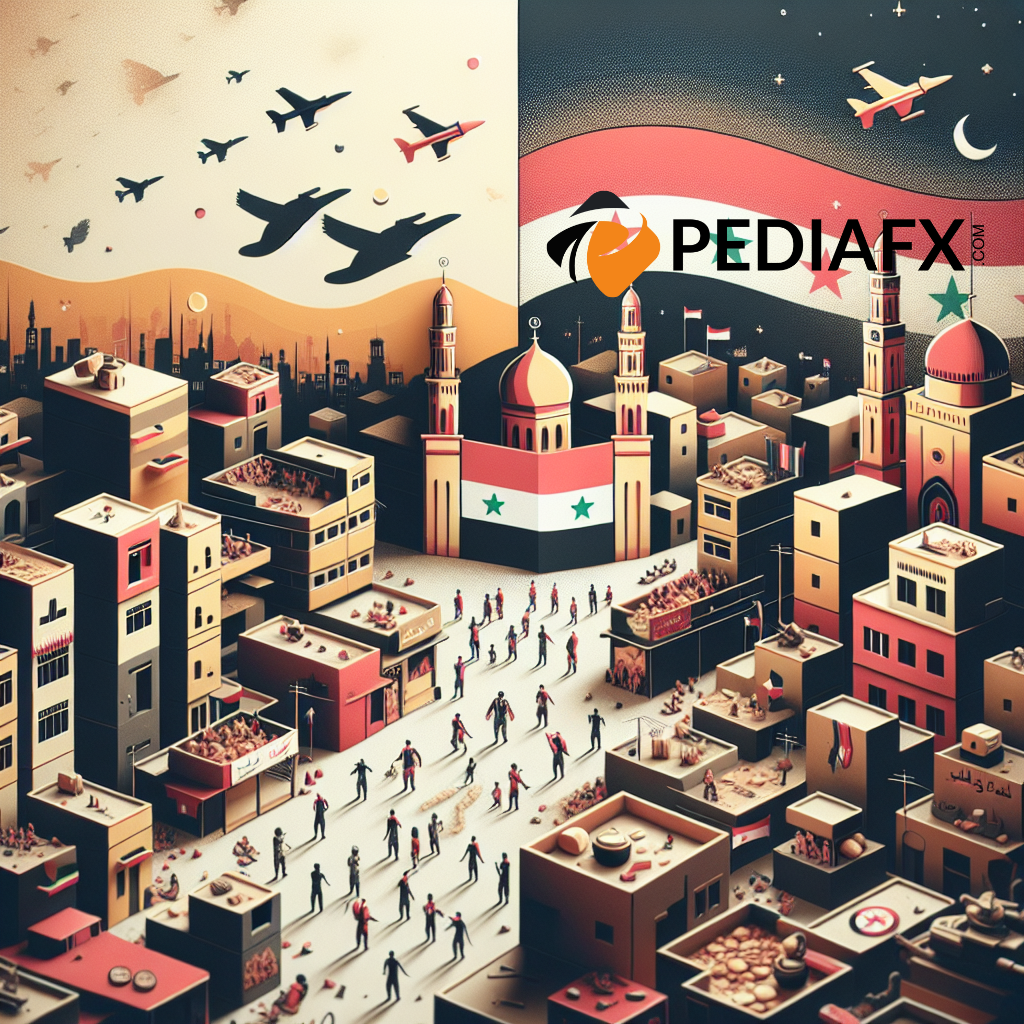Current Conditions in Syria: Conflict and Hope
# Syria Today: A Nation in Turmoil and Resilience
The Syrian Arab Republic, commonly known as Syria, has been at the center of global attention for over a decade due to its ongoing civil war, humanitarian crisis, and geopolitical significance. Once a thriving nation with a rich cultural heritage, Syria has faced immense challenges that have reshaped its political, social, and economic landscape. This article delves into the current state of Syria, exploring the key issues it faces, the impact on its people, and the prospects for the future.
Disyorkan
Disyorkan
Disyorkan
Disyorkan
—
## The Ongoing Civil War: A Prolonged Conflict
The Syrian Civil War, which began in 2011 as part of the Arab Spring uprisings, has evolved into one of the most devastating conflicts of the 21st century. Initially sparked by protests against President Bashar al-Assad’s regime, the conflict quickly escalated into a multi-faceted war involving various factions, including government forces, opposition groups, extremist organizations like ISIS, and foreign powers.
As of 2023, the war has not officially ended, though active combat has decreased in many areas. The Assad regime, with support from allies like Russia and Iran, has regained control over much of the country. However, significant regions, particularly in the north, remain under the control of Kurdish forces and Turkish-backed militias. The situation is further complicated by the presence of U.S. troops and ongoing Israeli airstrikes targeting Iranian-backed militias in Syria.
—
## Humanitarian Crisis: The Toll on Civilians
The human cost of the Syrian conflict is staggering. According to the United Nations, over 500,000 people have been killed since the war began, and millions more have been injured or displaced. As of 2023:
- Approximately 6.8 million Syrians are internally displaced within the country.
- Another 6.6 million have fled Syria, seeking refuge in neighboring countries like Turkey, Lebanon, and Jordan, as well as in Europe.
- Over 14 million people in Syria require humanitarian assistance, including food, water, and medical care.
The war has also devastated Syria’s infrastructure, with hospitals, schools, and homes reduced to rubble. Access to basic services remains limited, and the COVID-19 pandemic further strained the already fragile healthcare system.
—
## Economic Collapse: A Nation in Ruins
Syria’s economy has been shattered by years of war, international sanctions, and corruption. The Syrian pound has lost over 90% of its value since 2011, leading to hyperinflation and widespread poverty. According to the World Bank, over 90% of Syrians now live below the poverty line.
Key industries such as agriculture, oil production, and manufacturing have been severely disrupted. The destruction of infrastructure and the loss of skilled labor have made economic recovery an uphill battle. Additionally, international sanctions targeting the Assad regime have further isolated Syria from the global economy, complicating efforts to rebuild.
—
## Geopolitical Implications: A Global Chessboard
Syria’s strategic location in the Middle East has made it a focal point for regional and international powers. The conflict has drawn in numerous actors, each pursuing their own interests:
- Russia: A key ally of the Assad regime, Russia has provided military and diplomatic support, solidifying its influence in the region.
- Iran: Iran’s backing of Assad is part of its broader strategy to expand its influence in the Middle East.
- Turkey: Turkey has intervened in northern Syria to counter Kurdish forces and secure its borders.
- United States: The U.S. has focused on combating ISIS and supporting Kurdish forces, though its long-term strategy remains unclear.
This complex web of alliances and rivalries has turned Syria into a geopolitical chessboard, with little regard for the well-being of its people.
—
## Glimmers of Hope: Resilience Amid Adversity
Despite the immense challenges, Syrians have shown remarkable resilience. Local organizations and international NGOs continue to provide humanitarian aid, while grassroots initiatives work to rebuild communities and foster reconciliation. Efforts to document war crimes and hold perpetrators accountable offer a glimmer of hope for justice and healing.
Additionally, the Syrian diaspora has played a crucial role in supporting those back home, sending remittances and advocating for international attention to the crisis. Cultural preservation efforts, such as restoring historical sites and promoting Syrian art and literature, also serve as a testament to the nation’s enduring spirit.
—
## Conclusion: The Road Ahead
Syria today stands as a stark reminder of the devastating consequences of war and the resilience of the human spirit. While the conflict has left deep scars, the determination of the Syrian people offers hope for a brighter future. However, achieving lasting peace and stability will require concerted efforts from both domestic and international actors.
The international community must prioritize humanitarian aid, support for reconstruction, and diplomatic solutions to address the root causes of the conflict. Only through collective action can Syria begin to heal and rebuild, paving the way for a more stable and prosperous future.




















